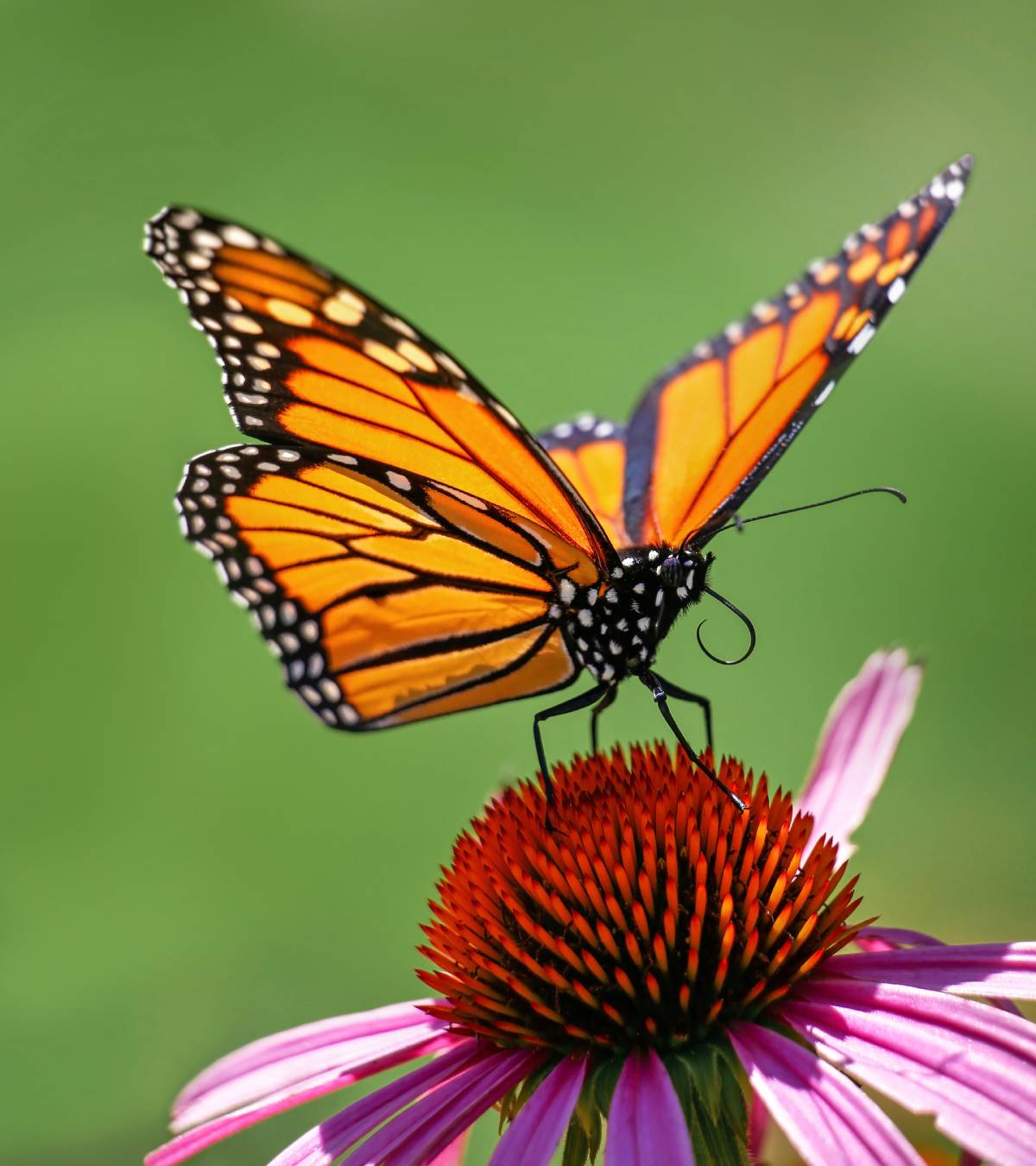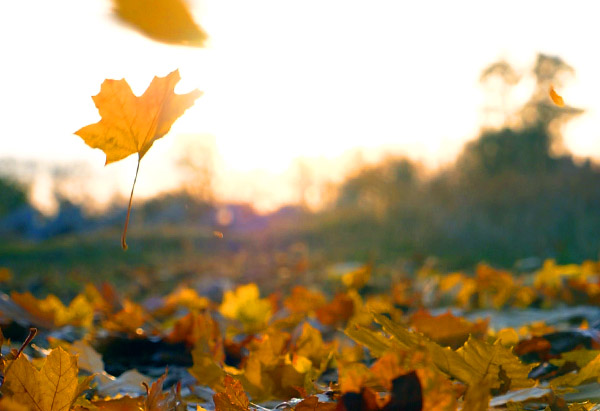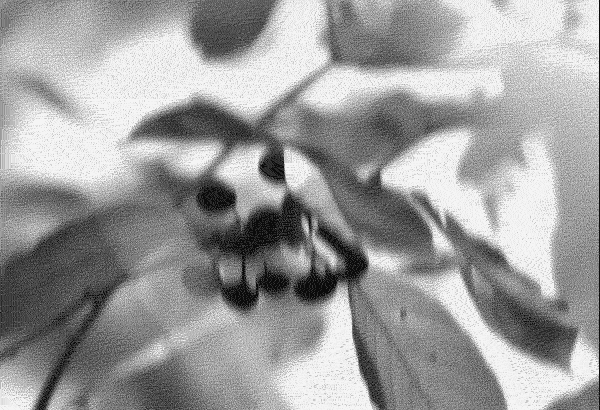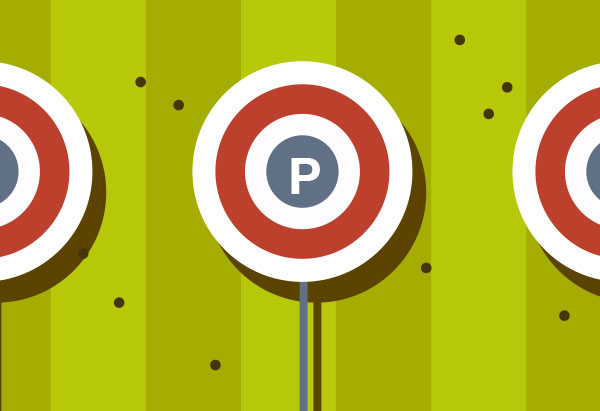This year, the International Union for Conservation of Nature (IUCN) officially listed the migratory monarch butterfly (Danaua plexippus plexippus) as endangered because of loss of habitat and climate change. What can you do? Put their habitat back! If, after removing invasive buckthorn from your property, you are left with an open space that receives full sun, overseed the area with a monarch butterfly-friendly native seed mix and turn what was once a desolate landscape into a thriving one designed to help this imperiled species!
Make sure that the seed mix you use contains milkweed for the monarchs since milkweed is the one and only plant monarch caterpillars eat during their development. Also look for seeds harvested from plants grown locally. Seeds harvested from local sources that were cultivated in similar environmental conditions as the planting site are characterized as the “local ecotype.” Research has shown that plants of the same species growing at different locations can be genetically distinct and therefore quite different in their appearance, growth, and behavior. Using local ecotype seed ensures that you are creating habitat that is meant for your area.
For areas with medium soils, seed mixes often contain generous quantities of Butterfly Milkweed (Asclepias tuberosa) and Common Milkweed (Asclepias syriaca) which serve as the host plants for monarch caterpillars. In addition to milkweed, the seed mix should also contain a wide variety of nectar plants that will support the adult butterflies throughout the season. These include flowering plants such as Asters, Coneflowers, Blazing Stars, Black-eyed Susan and Monarda. Short prairie grasses such as Side oats Grama and Little Bluestem are also a great addition. For more information on this seed mix, click here: https://www.prairienursery.com/monarch-habitat-for-medium-soils.html.
If you cleared buckthorn from a floodplain where the soil is moist, you will want to use a different seed mix with plants adapted to moist or wet conditions. The concept is the same, however, and so you want to include milkweed for the caterpillars (in this case Swamp Milkweed Asclepias incarnata) and nectar sources for adults. Popular choices for flowering plants include Joe Pye Weed, Marsh Blazing Star, Cardinal Flower, Great Blue Lobelia, Blue Vervain and Obedient Plant. Switchgrass and/or sedges are also a popular addition. For more information on this seed mix, click here: https://www.prairiemoon.com/short-sedge-meadow-seed-mix-prairie-moon-nursery.html.
It should be noted that areas once dense with buckthorn will likely have a significant seed bank and new saplings are expected to sprout from seed. You can gently hand pull these buckthorn saplings but suggest waiting until the second growing season when the monarch seed mix seedlings have grown a more robust root system. Otherwise, you can hire a qualified contactor to selectively herbicide the buckthorn saplings. Called “stewardship visits”, a contractor will come out 3-4 times during the growing season to carefully apply herbicide to the buckthorn saplings as well as other weeds such as Thistles, Reed Canary Grass, and Teasel if present onsite.
After about three years, there should be enough plant material grown from the monarch seed mix to allow for a prescribed burn. A successful prescribed burn requires enough fuel in the form of dead plant material to produce a fire hot enough to do its magic. Buckthorn saplings are not adapted to survive fire and so a good, hot burn will typically kill them off. The native plants, however, will have grown extremely deep root systems after three years which makes them immune to the lethal effects of fire. In fact, many native plants thrive in the presence of fire and grow back even healthier after a prescribed burn due to the recycling of nutrients into the soil. Safety is the number one concern when working with fire; therefore, using a professional habitat restoration contractor is recommended. Licensed contractors will understand how temperature, wind, and humidity impact prescribed fire in real time. A licensed contractor will also acquire the required EPA burn permits to conduct a prescribed burn safely and legally.




